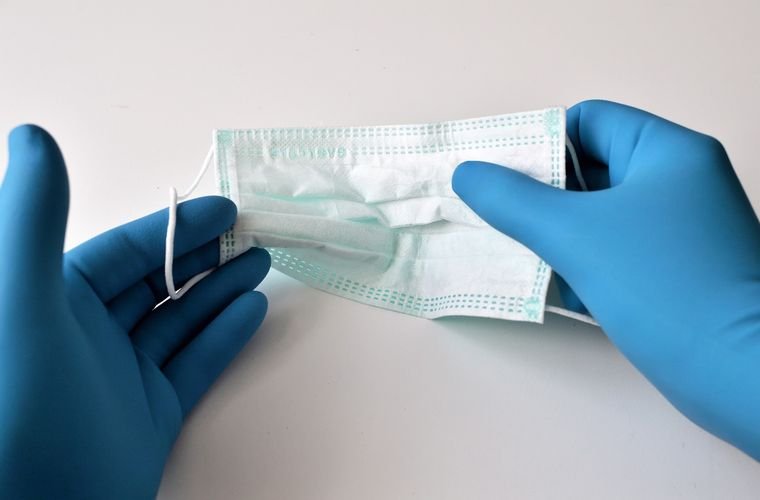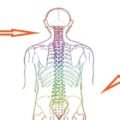Whether you support wearing masks or don’t, most individuals would agree on one thing: that they’re not comfortable. Despite this, from getting sweaty at the gym to waiting in a coffee line, masks have been successfully adopted into a daily routine.
There are a variety of masks to choose from (thanks to requirements imposed by the wide range of face and nose shapes), which do provide as much comfort as can be afforded. Because of the uncomfortable feeling of wearing a mask, some people have been creatively sharing their “mask hacks” on social media to help improve the wearing experience. Now, in a new study from the University of Cambridge scientists tested several of these mask hacks to see whether they were actually beneficial to their wearers.
Background: Proper Fit Isn’t Just for Comfort
For individuals working the front lines, such as in healthcare or retail, having the right mask properly fit can keep you safe. There are a different variety of masks and respirations people choose from, from cloth masks or blue medical masks to KN95 or N95 respirators. The government has recently begun a program to hand out KN95 and N95 respirators to the general public. This resulted in mixed feedback, as many individuals struggled to figure out how to properly wear the mask.
Analysis: Mask Hacks Get Tested
Publishing their findings in the journal Plos One, researchers from the University of Cambridge tested seven different popular mask hacks to determine if they could improve comfort and safety to a wearer. The hacks included: stuffing gaps with first-aid gauze, binding the mask to the face with gauze (making the subject look like a mummy), sealing the edges to the face with cloth tape, using rubber bands to create a “brace”, knotting the ear loops, and pressing the mask against the face using a pair of tights. From their results, the researchers found that the cloth tape and tight hacks improved safety and comfortability the best, though some participants found discomfort in wearing the tights or removing the tape.
Knowing the best ways to make a mask safer and more comfortable to wear can be vital, especially in the absence of high-quality face coverings. With parts of the United States still lacking KN95 and N95 respirators for their citizens, these hacks can help individuals feel safer, encouraging them to go out more and better support their local economy. Until these respirators are more widely available, mask hacks will still be popular.
Outlook: A New Type of Mask Design?
Within their study, the researchers admitted that the comfortability depended on the shape of the wearer’s face. According to first author Eugenia O’Kelly: “We hope that these results can be used in the design of future masks, in order to ensure that they are as tight to the face as possible, for as many wearers as possible, without making them uncomfortable.” The results of this study could be beneficial to mask-making companies, who can take design aspects and use them in more comfortable masks. This study can also help healthcare workers, who regularly do mask fit-checks to better ensure their own safety.
Kenna Castleberry is a staff writer at the Debrief and the Science Communicator at JILA (a partnership between the University of Colorado Boulder and NIST). She focuses on deep tech, the metaverse, and quantum technology. You can find more of her work at her website: https://kennacastleberry.com/

